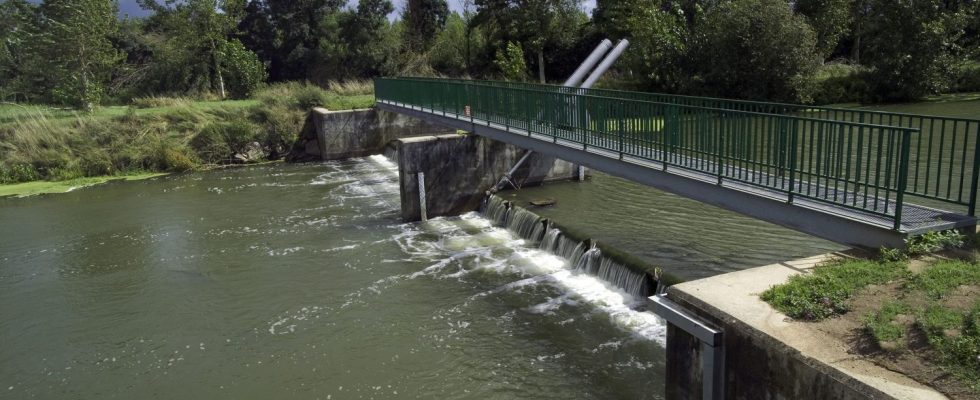These dams disrupt the “ecological continuity” of rivers. In three quarters of cases, these destructions concern small structures, but this is nonetheless good news for biodiversity.
Published
Reading time: 2 min

There are fewer and fewer dams and other obstacles to the natural flow of rivers, according to the World Fish Migration Foundation, published Monday April 15. This is good news for biodiversity in Europe and is rare enough to be reported. Nearly 500 dams, weirs or locks were destroyed in 2023 across Europe. A new record carried by France, the best student on the continent with more than 150 obstacles demolished out of the 80,000 in our country. We are followed by Spain then Sweden. We are not talking about huge dams being dynamited; in three-quarters of the cases, these destructions concern small structures of less than two meters. These are often old weirs that have become obsolete but are still very annoying for biodiversity.
These obstacles, even small, are not insignificant, especially for fish. They disrupt the “ecological continuity” of rivers. Salmon, sturgeon, trout or wild eels find themselves stranded and cannot reach their breeding or feeding area. This is one of the reasons for the spectacular decline in populations of migratory freshwater fish in Europe, they have fallen by 90% over the last 50 years. The entire food chain is obviously disrupted; at the other end, otters, for example, have a much harder time getting food. These dams also disrupt the flow of nutrients essential to flora and which also allow agricultural land to be naturally fertilized. The impacts are massive since Europe has more than a million artificial obstacles on its rivers.
A crucial European text
NGOs therefore hope for more effort in this area, and call on European states to definitively validate the regulation on nature restoration approved in February by Parliament in Strasbourg. The text notably plans to restore the natural flow of at least 25,000 kilometers of rivers by 2030. Except that at this stage, against a backdrop of agricultural crisis, there is no majority in the Council European as the elections approach. This is another provision of the text which divides: restore at least 30% of habitats in Europe, including dried peat bogs for the benefit of the agricultural world to irrigate crops.
